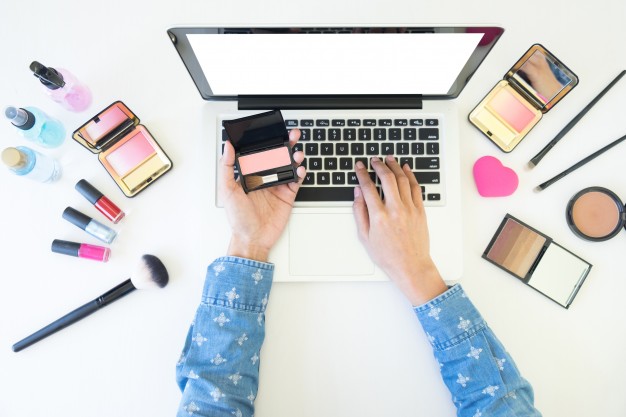Make Up
Substances applied to the face for the purpose of enhancing, improving, or highlighting the features of the face are called cosmetics or makeup. People have used cosmetics since very ancient times, and the use of cosmetics, like other fashions, are usually dictated by the social customs and beliefs of the day. Though during certain periods men have worn makeup, in modern times it has usually been considered a decoration for women only. The liberated fashions of the 1920s introduced an era of acceptance of makeup as a part of women’s costume that has continued into the twenty-first century.

One effect of cosmetics is that they highlight the sexuality of the women who wear them, by emphasizing lips and eyes and reddening cheeks. Therefore, for much of the nineteenth century those of the middle and upper classes did not consider makeup respectable. By the early decades of the twentieth century the view of cosmetics began to change. Women gained the right to vote in many places and began to gain other freedoms as well. The start of World War I in 1914 had brought a more public role for many women, as they took over the jobs left empty by men who had gone to war. When the war ended in 1918, these modern, more independent women were not content with the old styles. They wanted fashion that was fun, sexy, and free, and the generous use of cosmetics was part of the new, daring image. Modern young women of the 1920s, called flappers, used heavy lipstick in dark reds with names like oxblood. They reddened their cheeks with rouge, and since hemlines were going up, many rouged their knees as well.
